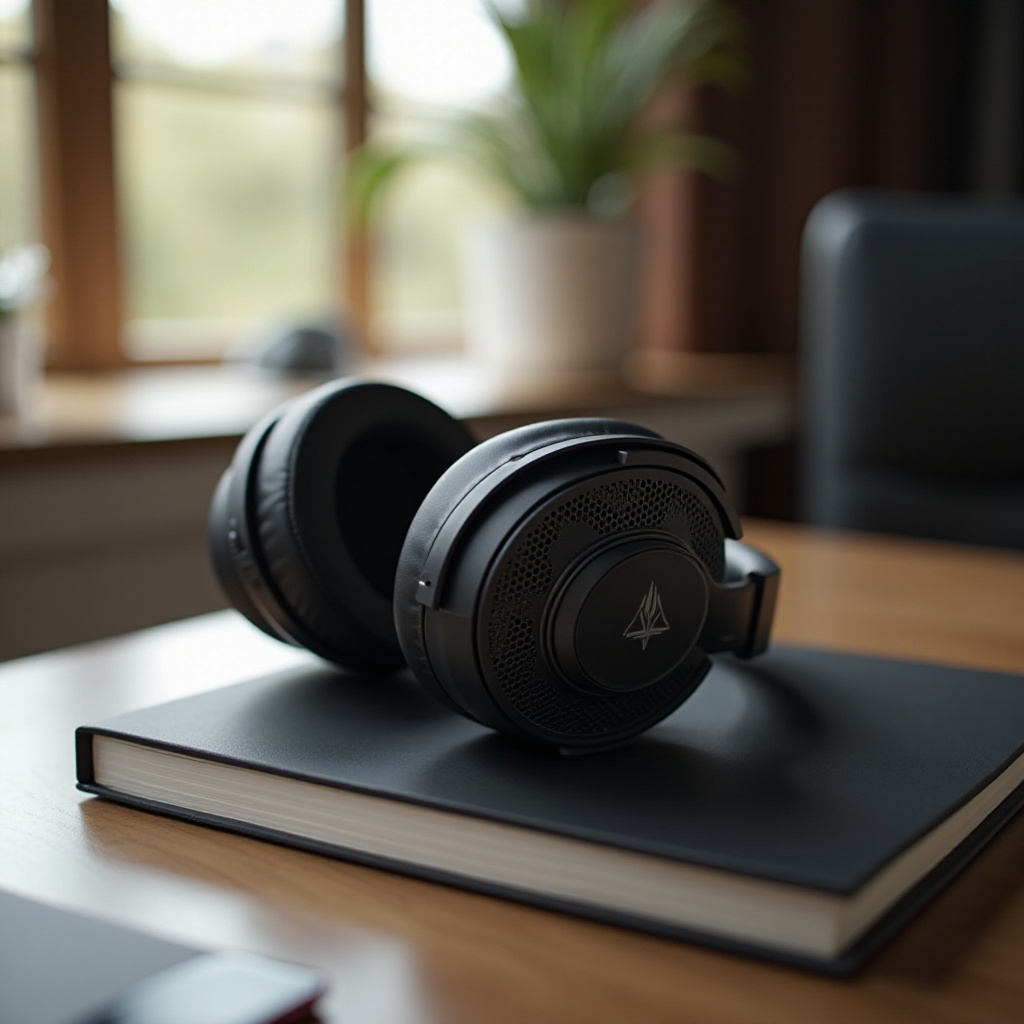Introduction
The Audeze Maxwell headphones are celebrated for their acoustical excellence, largely due to their refined frequency response. This guide delves deep into the Maxwell’s frequency response, exploring what makes it stand out and how it contributes to an elevated audio experience. By understanding these nuances, you’ll learn to truly appreciate the capabilities of these headphones.

Understanding Frequency Response
Grasping the essence of frequency response is vital to appreciating the Audeze Maxwell’s performance. Frequency response defines how headphones convey different sound frequencies, from the deepest bass to the highest treble, and is pivotal in sound reproduction fidelity.
-
Definition and Importance: Frequency response is expressed in hertz (Hz) and typically represented as a curve on a graph. It indicates how well headphones reproduce audio signals across frequencies, affecting overall sound quality and auditory experience.
-
Measuring Frequency Response Curves: Manufacturers leverage advanced tools to chart frequency response curves, which illustrate how headphones process various audio frequencies. This data helps listeners choose headphones that align with their sound preferences.
With a foundational understanding of frequency response, we can now explore the unique features of the Audeze Maxwell.
Audeze Maxwell Frequency Response Explained
The Audeze Maxwell headphones present a groundbreaking frequency response that caters to both critical listeners and casual users.
-
Overview of the Maxwell’s Frequency Response: The design of the Maxwell offers a balanced and dynamic frequency response, maintaining deep, controlled bass, rich mid-tones, and clear, crisp highs.
-
Key Features and Benefits: Maxwell’s frequency response is engineered to enhance diverse music genres. This results in the headphones delivering every detail and nuance, whether it’s the subtle strings in a classical piece or the thumping bass in a modern pop anthem.
The technology enabling this exceptional sound accuracy lies in the headphones’ innovative use of planar magnetic technology.
The Role of Planar Magnetic Technology
At the core of the Audeze Maxwell’s remarkable audio output is planar magnetic technology. Understanding this technology reveals why these headphones excel.
-
Basics of Planar Magnetic Drivers: Unlike conventional dynamic drivers, planar magnetic drivers use thin diaphragms suspended within magnetic fields, enabling precise sound production.
-
How it Shapes the Frequency Response: Planar magnetic technology delivers a linear frequency response with reduced distortion, ensuring precise sound reproduction. This leads to an engaging listening experience, minimized auditory fatigue, and prolonged comfort even during extended use periods.
Equipped with this understanding, let’s see how the Maxwell stands against other premium headphones in terms of frequency response.

Comparing Audeze Maxwell with Competitors
Examining Audeze Maxwell in the context of its competitors underscores its distinct advantages, especially in frequency response aspects.
-
Frequency Response Benchmarks: In targeted tests, the Maxwell’s frequency response shows competitive results among premium brands like Sennheiser and Beyerdynamic, offering an immersive and sufficiently balanced sound.
-
Analysis of Competing Models: While each competitor headphones model may excel in particular parameters, Audeze Maxwell’s introduction of planar magnetic drivers provides a distinct edge, offering versatility and exceptional audio performance for both professional and recreational use.
Knowing how the Maxwell outperforms its rivals reinvigorates its standing. Optimizing these headphones through tailored settings can further enhance this experience.
Optimizing the Listening Experience
Maximizing performance from your Audeze Maxwell headphones involves more than just understanding the specs; adjustments in settings can significantly enrich the listening experience.
- Best Equalizer Settings: To optimize Maxwell’s frequency response:
- Slightly enhance the lower frequencies for bass-centric tracks.
- Accentuate mid-range frequencies for crisp vocals when listening to acoustic or jazz music.
-
Increase high frequencies to add clarity and detail for orchestral compositions and classical pieces.
-
Suitable Audio Content: Thanks to their comprehensive frequency response, Maxwell headphones are suitable across genres, whether for vibrant rock, complex classical, or nuanced podcasts, preserving the integrity and detail of every sound.
With these settings fine-tuned, the full potential of Audeze Maxwell is unleashed, elevating your overall audio experience.

Conclusion
The Audeze Maxwell, sporting an unparalleled frequency response and advanced planar magnetic technology, ensures an immersive and high-fidelity auditory experience. By exploring and optimizing these features, users can truly enjoy the depth and clarity of sound these headphones are built to deliver.
Frequently Asked Questions
What makes Audeze Maxwell’s frequency response unique?
The Maxwell’s frequency response is balanced and dynamic, offering deep bass, clear mids, and crisp highs thanks to its planar magnetic technology.
How does planar magnetic technology impact sound quality?
Planar magnetic technology helps reduce distortion and enhances linear sound production, providing an accurate and engaging listening experience.
What genres of music are best suited for the Maxwell?
The Audeze Maxwell excels in various genres including classical, rock, jazz, and electronic, thanks to its comprehensive frequency response.
